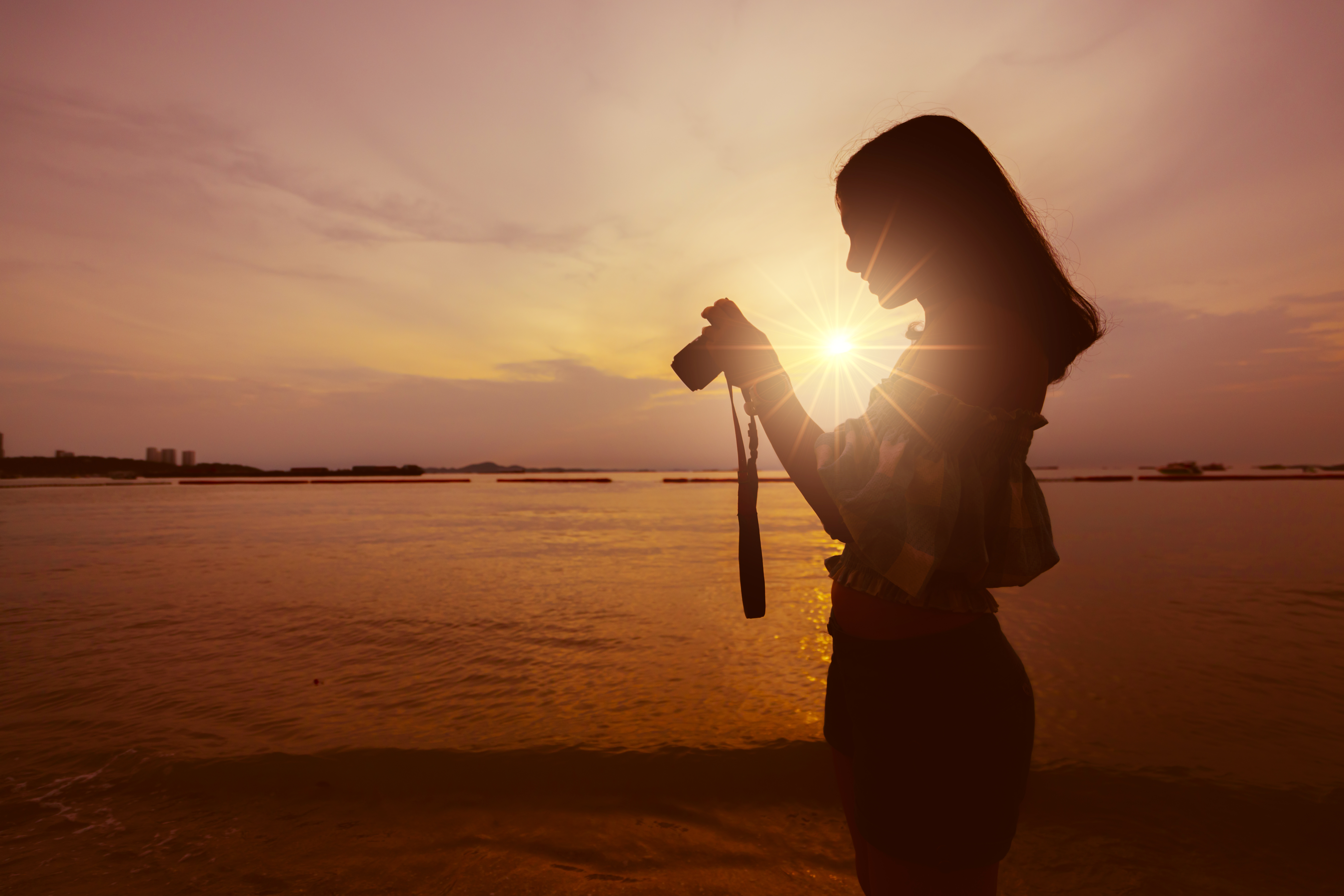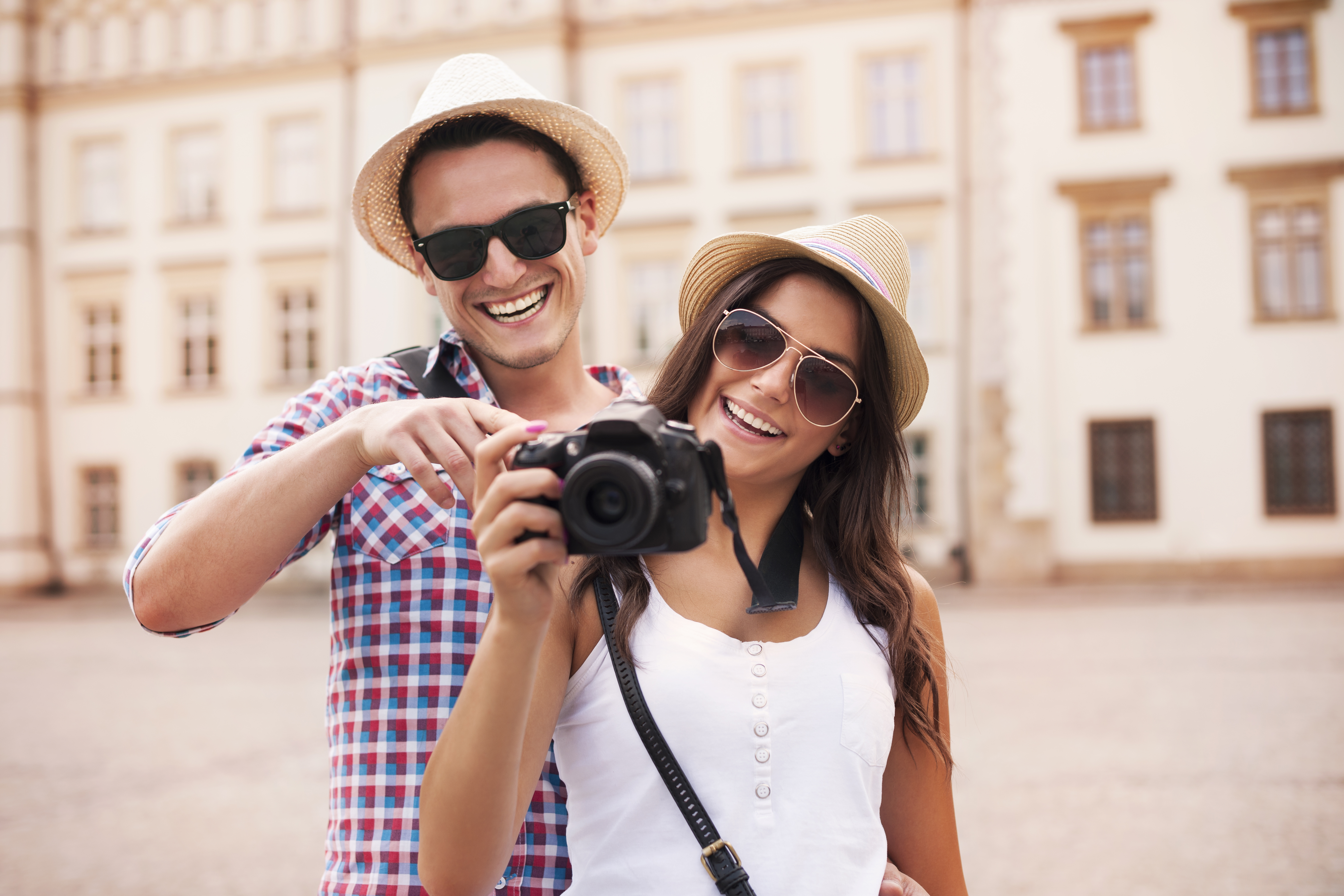- By Dr Sadhana Kala
- Tue, 19 Aug 2025 12:25 PM (IST)
- Source:JND
In an era where every moment can be immortalised with a tap on a screen, World Photography Day stands as a celebration of an art form that has profoundly changed how we see, share, and remember the world.
Observed annually on August 19, World Photography Day commemorates the 1839 public unveiling of the daguerreotype process, an early photographic method developed by Louis Daguerre in France. The French government made the invention "free to the world," marking the beginning of photography as a powerful cultural, historical, and artistic tool.
Over 180 years later, photography has grown from a scientific curiosity into a universal language—a means of storytelling that transcends barriers of time, geography, and even spoken word.
A Lens Into History
Photography is not just a visual record; it is a mirror of our humanity. From the grainy stills of soldiers in World War I trenches to the electrifying image of the Apollo 11 moon landing, photographs have been pivotal in documenting history and shaping collective memory.
In times of joy, they preserve celebration. In times of crisis, they confront us with truths too often overlooked. Think of the haunting image of the “Napalm Girl” from the Vietnam War, or the piercing eyes of Sharbat Gula, the Afghan Girl captured by Steve McCurry. These images didn’t just make headlines—they changed perspectives.
Today, with smartphones in nearly every hand, photography has become deeply democratic. Anyone, anywhere, can document events as they unfold. Citizen photography now plays a critical role in social movements, bearing witness to injustice and catalyzing change.

Beyond galleries and museums, photography today thrives on digital platforms (Image:Freepik)
From Art to Activism
While photojournalism focuses on documentation, photography is also a deeply personal and expressive art form. Great photographers like Ansel Adams, Diane Arbus, and Henri Cartier-Bresson elevated photography to the level of painting and sculpture—mastering composition, light, and emotion.
In the contemporary era, photographers explore identity, environment, and society in increasingly experimental ways. Conceptual photography, aerial drone shots, AI-generated images, and photorealistic composites have expanded the boundaries of the medium.
But beyond galleries and museums, photography today thrives on digital platforms. Instagram, Pinterest, VSCO, and Unsplash have become hubs of visual culture, redefining what is considered “art” and who gets to be called an artist. On World Photography Day, it’s essential to recognize not only professionals but the millions of hobbyists and enthusiasts shaping how we see the world through their lenses.
The Technological Evolution
The journey from the daguerreotype to the digital camera is nothing short of revolutionary. In the 20th century, the Kodak Brownie brought photography into ordinary households. Then came Polaroid, SLRs, DSLRs, and eventually, mirrorless cameras. Today, smartphone cameras boast computational photography that outpaces some professional gear from a decade ago.
AI is also revolutionizing the industry—powering tools for noise reduction, auto-enhancement, and even image generation. While purists may debate the boundaries of “real” photography in the age of generative AI, there's no denying that technology has enabled unprecedented creativity and accessibility.
Even more profound is the rise of decentralized and blockchain-based platforms for photographers to monetize and protect their work, a growing trend in digital ownership and provenance.
Celebrating Photographers—Past and Present
On this day, we celebrate not only the invention of photography but also the people behind the camera.
Trailblazers like Dorothea Lange captured the human toll of the Great Depression with compassion and dignity. Gordon Parks broke racial barriers to document life from the Harlem streets to the halls of Vogue. Vivian Maier, once unknown, posthumously became one of the most respected street photographers of all time.
In today’s world, figures like Sebastião Salgado, Lynsey Addario, and Raghu Rai continue to inspire with their dedication to telling human stories. And countless local photographers in every country—whether wedding specialists, nature enthusiasts, or documentarians—help us see beauty in the everyday.
World Photography Day is also a call to support these artists. Buying prints, attending exhibitions, or simply crediting their work when shared online are small ways to show appreciation.
Photography and the Environment
Photography plays a crucial role in environmental awareness. From showcasing the majesty of Earth’s biodiversity to exposing the devastation of climate change, photographs can provoke empathy and action in ways that facts and statistics cannot.
Photographers like Cristina Mittermeier and Paul Nicklen use their work to advocate for conservation, while platforms like National Geographic and The Nature Conservancy continue to amplify the urgency of protecting the planet.
In an age of ecological reckoning, photography is not just art—it is advocacy.
Looking Forward: Photography in the Age of AI and Blockchain
As artificial intelligence begins to generate photorealistic images, the line between what is captured and what is created is increasingly blurred. AI tools can now simulate depth of field, light diffusion, and facial expression—sometimes raising ethical questions about authenticity.
In parallel, the rise of blockchain has begun to reshape how photographers protect their work and earn from it. Decentralized platforms allow for verifiable ownership, enabling photographers to mint their images as NFTs (non-fungible tokens), ensuring provenance and value in the digital marketplace.
These advancements could empower photographers to retain control over their creations in a digital world flooded with copied and reused content.

A photograph freezes time. It turns fleeting instants into timeless artifacts. (Image:Freepik)
How to Celebrate World Photography Day
Whether you're an amateur or a professional, there are countless ways to mark the day:
- Go on a photo walk. Capture your city, nature, or daily life. The best camera is the one you have with you.
- Explore the archives. Revisit old family photos or iconic works by legendary photographers.
- Share your work. Post a photo that means something to you with a story or caption explaining why.
- Learn something new. Try a new technique—macro, long exposure, street photography—or experiment with editing.
- Support photographers. Buy a print, subscribe to a photo magazine, or follow emerging artists online.
- Reflect. Think about how photography has shaped your memories, your culture, and your worldview.
Conclusion: More Than Just an Image
A photograph freezes time. It turns fleeting instants into timeless artifacts. It lets us return to weddings and funerals, protests and parades, childhood smiles and sunset skies. It helps us remember who we were—and imagine who we can become.
On World Photography Day, we don’t just celebrate a medium; we celebrate a memory, a story, a vision. We honor the photographers who dare to see the world differently—and invite us to do the same.
So, take a moment. Look around. Frame a shot. Press the shutter. And know that, in doing so, you’re participating in a global tradition that has transformed the way we see ourselves—and our world.
(Note: Dr (Prof) Sadhana Kala is a USA-trained robotic & laparoscopic surgeon, Uppsala University, Sweden, trained fertility specialist, Icon Endoscopic Surgeon of North India, and National Icon Endoscopic Surgeon of India. She is rated as India's Best Gynecologist by Google.)
(Disclaimer: The views expressed in this article are the personal opinions of the author.)

